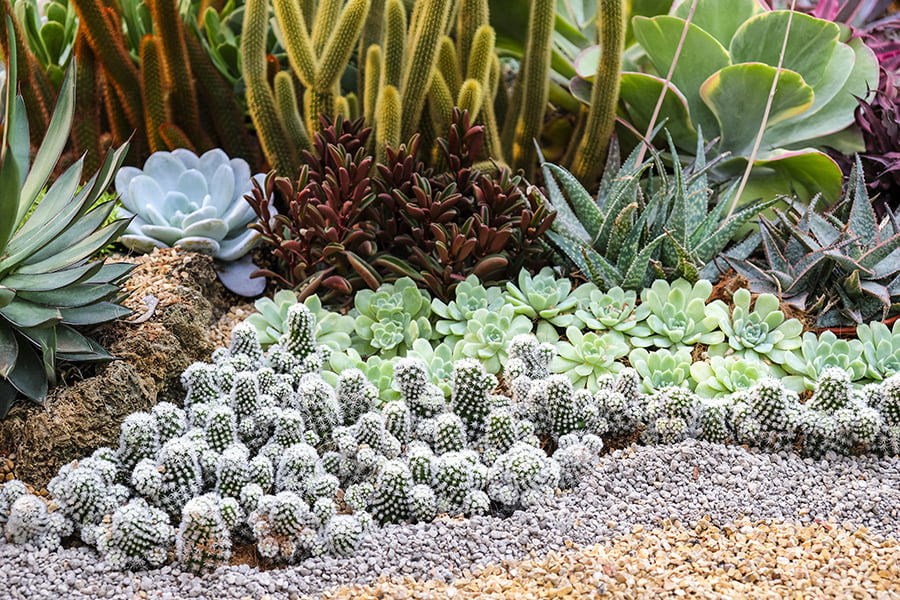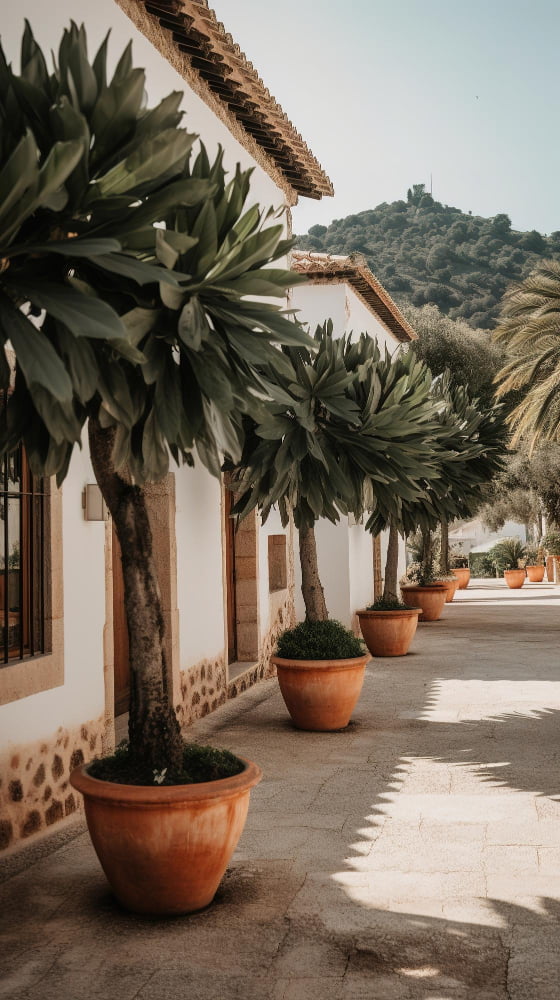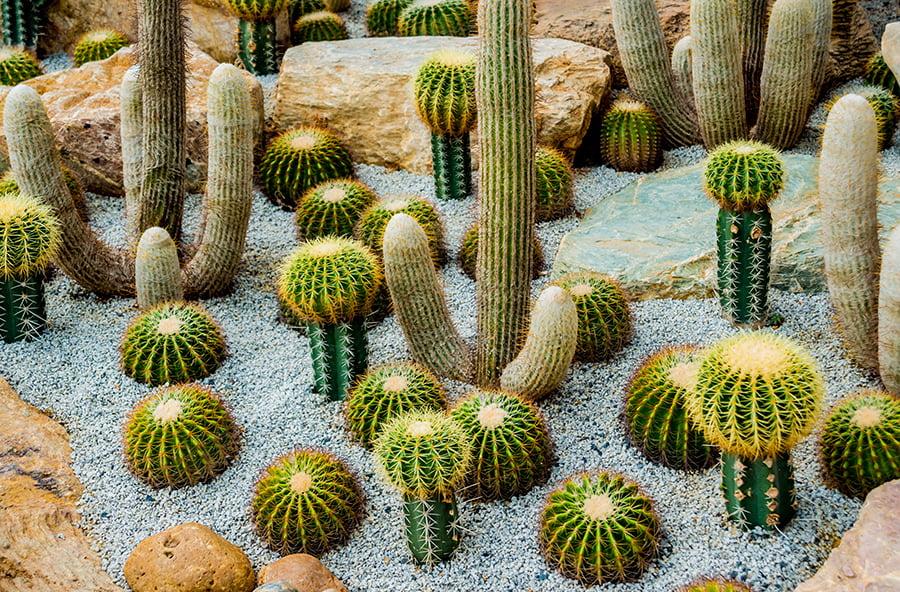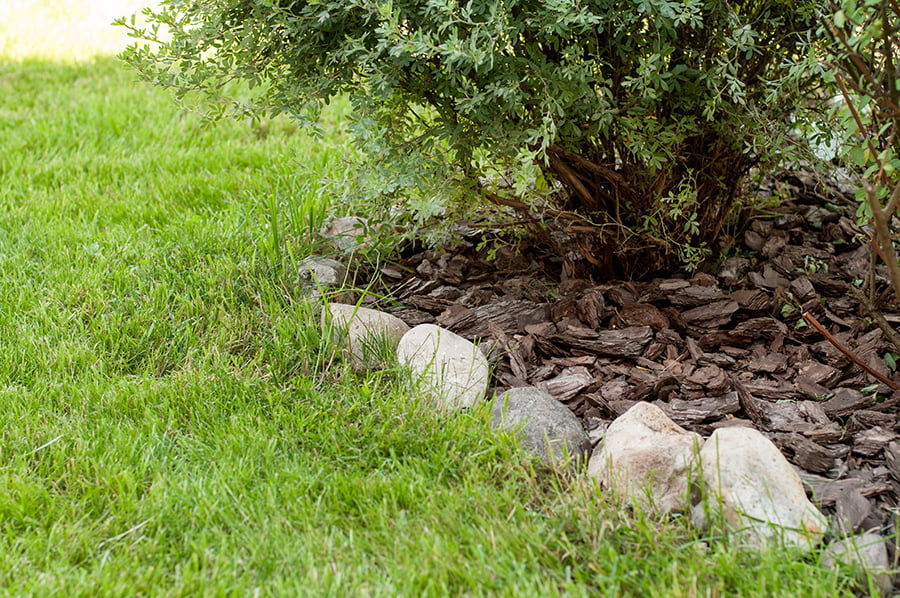Create a landscape design suitable for a dry climate by focusing on drought-tolerant plants, using mulch and other soil coverings to retain moisture, and installing water-saving irrigation systems.
Creating a landscape design that is suitable for a dry climate can be challenging, but it doesn’t have to be impossible. With the right planning and thoughtful selection of plants, you can create a beautiful outdoor space that will thrive in your environment.
In this blog post, we’ll discuss some tips and tricks for designing a landscape that is suited to a dry climate. We’ll cover topics such as plant selection, soil preparation, irrigation systems, and more.
Read on to learn how you can create an attractive landscape design in any type of climate!
Choose Drought-tolerant Plants
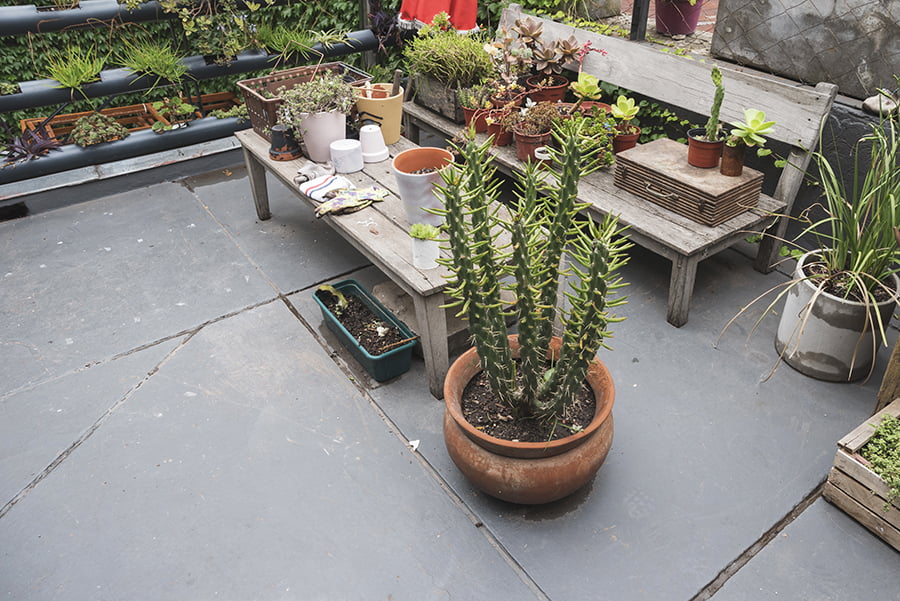
Drought-tolerant plants are those that can survive and thrive in areas with limited water availability. These types of plants have adapted to the arid conditions by having deep root systems, thick waxy leaves, and other features that help them conserve moisture.
When selecting drought-tolerant plants for your landscape design, it’s important to consider the local climate and soil type as well as the amount of sunlight available in order to choose species that will be able to survive in your particular environment. You should also research which native species are best suited for your area since they will already be adapted to the local conditions.
Select Native Species

Native species are plants and trees that are naturally found in the area, as opposed to non-native or exotic species which have been introduced from other regions. Native species are adapted to the local environment, including the soil type, temperature range, and amount of rainfall.
This means they require less water than non-native plants and can survive with minimal irrigation in dry climates. Native plants provide food and shelter for local wildlife such as birds and insects which helps maintain biodiversity in the area.
When selecting native species for your landscape design it is important to research what types of plants grow best in your region so you can choose those that will thrive with minimal care while still providing beauty to your garden or yard.
Use Mulch to Retain Moisture
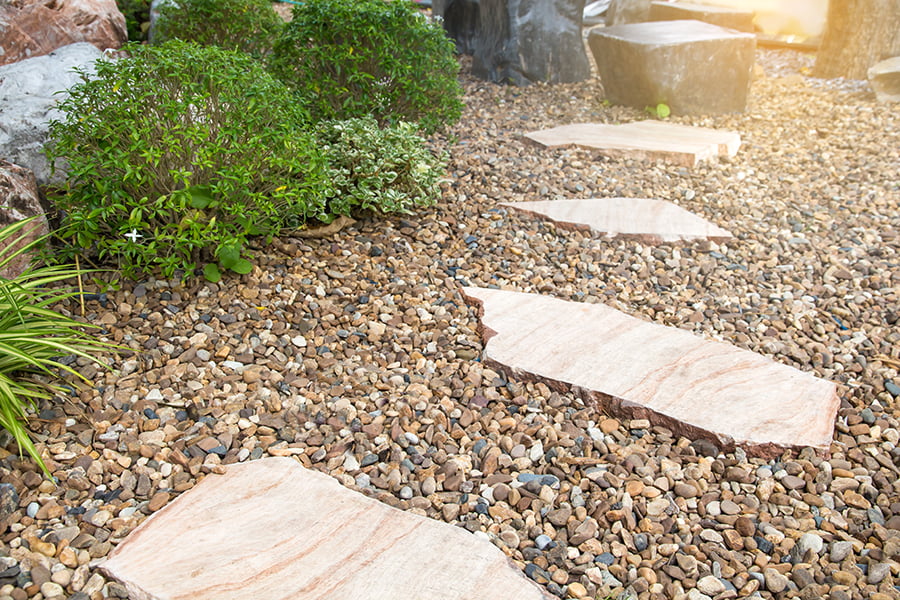
It acts as an insulator, helping to keep the soil cool and moist. Mulch also helps reduce evaporation from the soil, which can be especially beneficial in hot climates.
Mulch can help prevent weeds from growing by blocking sunlight and preventing weed seeds from germinating. When selecting mulch for your landscape design, it’s important to choose one that is suitable for your climate and will not break down quickly or become waterlogged.
Organic mulches such as wood chips or bark are often best because they decompose slowly over time while still providing insulation and protection against weeds. Be sure to spread the mulch evenly across your landscape design so that it covers all areas of exposed soil without creating too much of a barrier between plants and their roots.
Consider Xeriscaping Techniques
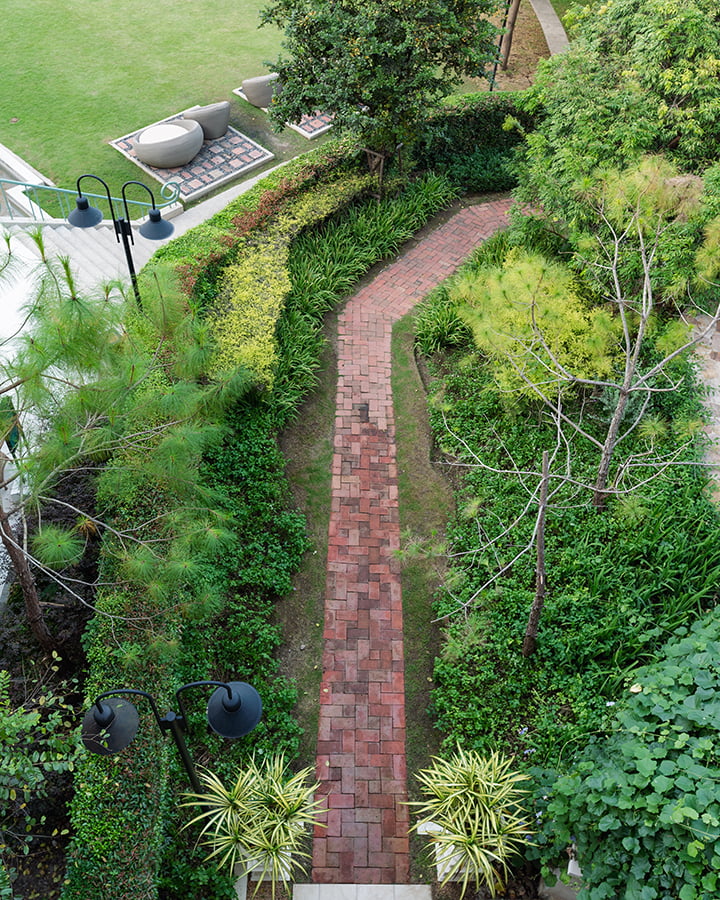
This type of landscaping requires minimal water, making it an ideal choice for areas with limited access to water or those in arid regions. Xeriscaping involves selecting drought-tolerant plants, such as cacti and succulents, which require little maintenance and can survive on very little water.
Xeriscaping techniques include the use of mulch or gravel to help retain moisture in the soil and reduce evaporation from the sun’s heat. Other elements of xeriscape design may include rocks, boulders, pathways made from pavers or stones, and even outdoor furniture made from weather-resistant materials like metal or plastic.
By using these techniques together in a landscape design suitable for a dry climate, you can create an attractive outdoor space while conserving resources at the same time.
Incorporate Water-saving Irrigation Systems
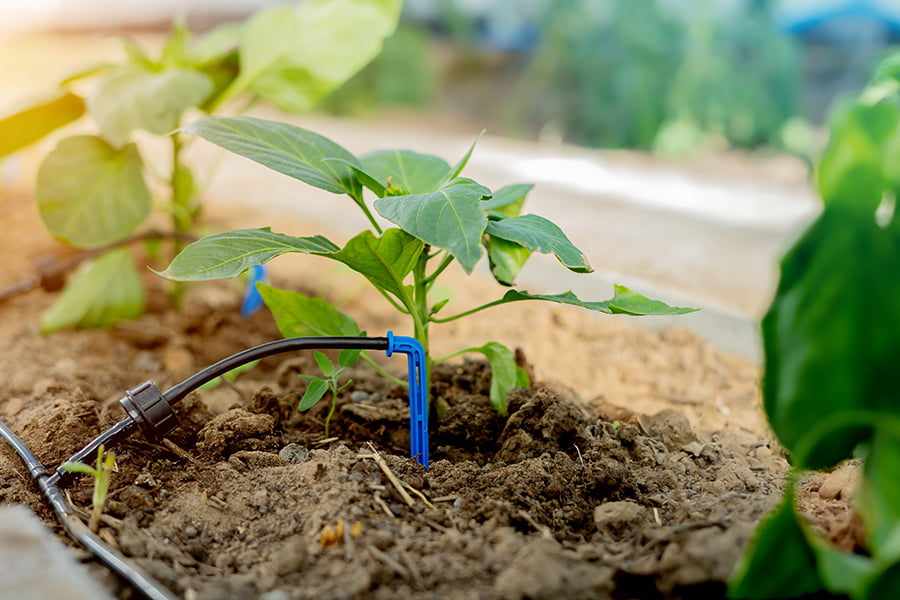
These systems are designed to reduce the amount of water used in landscaping, while still providing adequate moisture for plants and lawns. Water-saving irrigation systems can include drip or micro-irrigation, which use low pressure and small amounts of water to slowly deliver moisture directly to the roots of plants.
This type of system reduces evaporation and runoff, making it an ideal choice for areas with limited rainfall or drought conditions. Rainwater harvesting can be incorporated into the design as well, allowing collected rainwater to be used instead of relying on municipal sources.
By using these types of water-saving irrigation systems in a landscape design suitable for a dry climate, homeowners can save money on their monthly bills while still maintaining healthy plants and lawns.
Design for Shade and Wind Protection
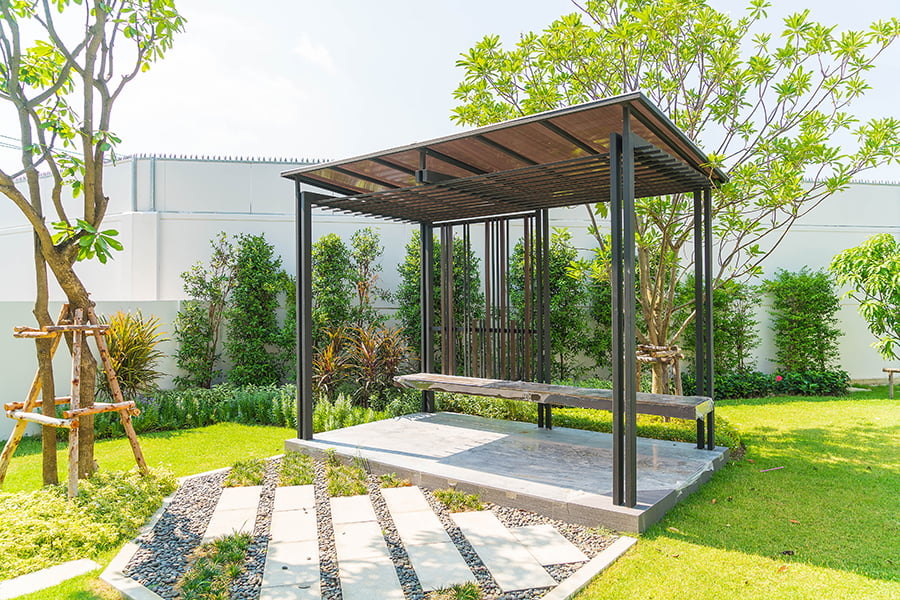
Shade can be provided by trees, shrubs, or structures such as pergolas or arbors. Trees should be chosen based on their size and shape to provide the most effective shade coverage.
Shrubs should also be selected with an eye towards providing adequate coverage from the sun’s rays. Strategically placed structures like pergolas or arbors can provide additional shade in areas where trees and shrubs may not fit.
Wind protection is another important factor when creating a landscape design for a dry climate. Windbreaks such as hedges, walls, fences, or even large boulders can help reduce wind speed and protect plants from drying out too quickly in hot weather conditions.
Planting tall grasses around the perimeter of your property can help create an effective barrier against strong winds while still allowing air to circulate freely throughout your garden space.
Create Berms or Swales to Direct Water Flow
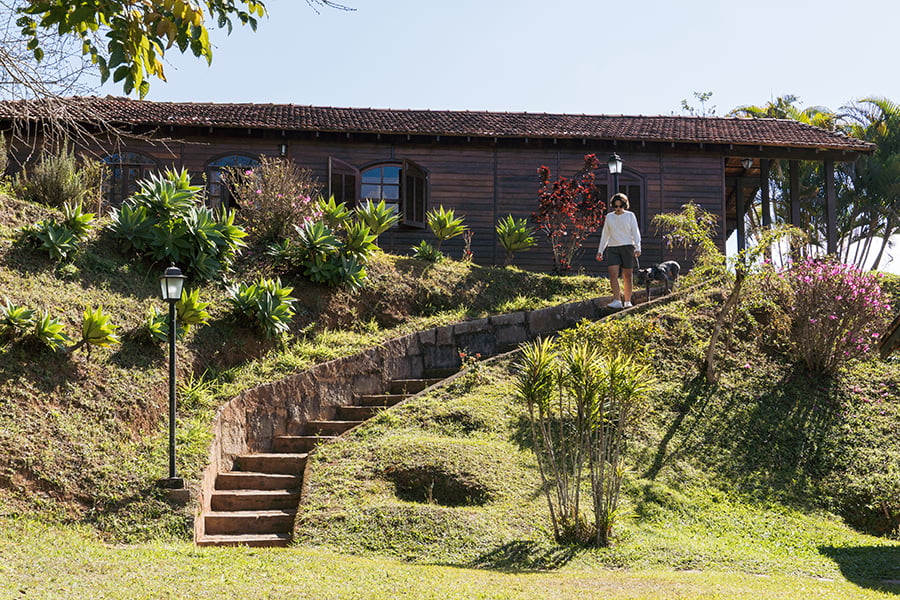
Berms are mounds of soil that are built up around the perimeter of a landscape, while swales are shallow trenches dug into the ground. Both can be used to capture and store rainwater, allowing it to slowly seep into the soil rather than running off quickly.
This helps keep moisture in the ground for longer periods of time, which is especially important in dry climates where rainfall is scarce. These features can help reduce erosion by slowing down runoff and preventing it from washing away valuable topsoil.
By creating berms or swales on your property, you can ensure that your landscape design will be suitable for a dry climate and make better use of available water resources.
